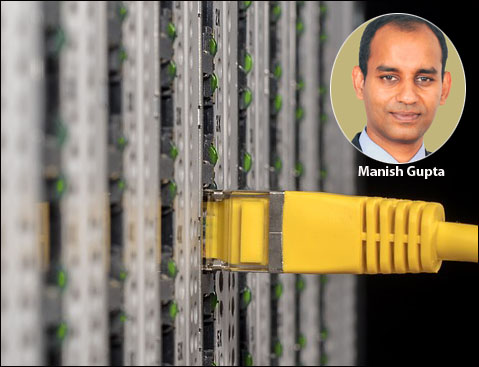
By Manish Gupta, Senior Director & General Manager, Infrastructure Solutions Group, Dell EMC India.
November 1 2018: Disruption is the name of the new game in today’s business world and it is across industries, affecting everything from retail to finance to manufacturing. Nimble and fast-moving companies as well as large organisations are innovating by changing their business models – impacting many companies with traditional enterprise data centres and slow-changing business mod
However, if companies don’t finalise their IT strategy/ investments in advance, results to various roadblocks like creating complexity in the data centre, increased costs, etc. leading to inefficient operations and low business innovation. To grow and create new offerings, organizations need flexible IT systems that support greater business agility.
In order to attain business stability, achieving IT stability becomes paramount. In other words, IT priorities must align more closely with business priorities. Modernized IT will provide stability and reliability for a wide range of workloads (both traditional and emerging). It will also ensure that applications and data’s security as well as avoid costly downtime.
Data centres based on the principle of IT flexibility will allow businesses to adapt to the changing business conditions and derive better results innovation. This will also help them to quickly match hardware resources with business needs. The above mentioned approach will give their systems the ability to scale up as demands increase, enabling the business to become more agile.
Hence, the catalyst to drive business innovation is building a unified and manageable IT infrastructure. This dynamic infrastructure will allow the organisations to:
In conclusion, organizations need to have systems that are as dynamic and innovative as their business. To maximize the impact of capital investments, organizations need flexible systems that can grow with the business. By adopting a flexible infrastructure, the business can also reduce